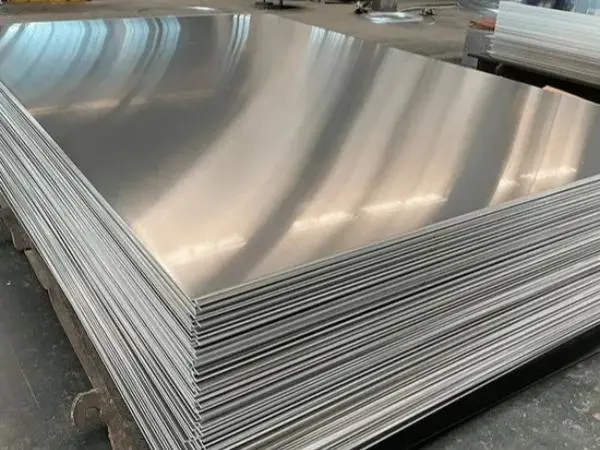- Phone0086 731 8564 8255
- E-mailsales@cscsteel-manufacturing.com
-

Seamless steel pipe torque is a critical physical property in the steel pipe industry, influencing both the performance and durability of steel pipes. It plays a vital role in various engineering applications, and analyzing the torque of seamless steel pipes requires a comprehensive understanding of several factors, including the material, manufacturing process, and intended use of the pipe.
1. What is Seamless Steel Pipe Torque?
Seamless steel pipe torque refers to the rotational force exerted on the pipe under torsion, often expressed as torque per unit length (e.g., N·m/m). It quantifies the pipe’s ability to resist twisting and deformation when subjected to torque. The torque value determines the degree to which a steel pipe can withstand torsion without compromising its structural integrity.
2. Impact of Torque on Seamless Steel Pipes:
Strength and Stability: Torque directly affects a steel pipe’s ability to resist deformation under twisting forces. Higher torque resistance enhances the pipe's strength and stability, reducing the likelihood of distortion.
Service Life: Proper torque resistance can extend the lifespan of seamless steel pipes by minimizing fatigue damage caused by repetitive torsion, ultimately leading to reduced maintenance and longer service intervals.
Safety: In applications such as construction and mechanical equipment, both excessive and insufficient torque can pose safety risks. Pipes with inadequate torque resistance may fail under stress, while excessive torque could lead to unnecessary strain on the materials, reducing their effectiveness.
3. Factors Affecting Seamless Steel Pipe Torque:
Material: The material used for the steel pipe plays a significant role in its torque-bearing capacity. Different materials offer varying mechanical properties and torque resistance. Higher-quality alloys can enhance the pipe’s performance under torsion.
Manufacturing Process: The production method, such as hot rolling or cold drawing, influences the microstructure and mechanical properties of the steel pipe, thereby affecting its torque resistance. Controlled manufacturing processes can optimize these characteristics to improve torque performance.
External Environment: Factors like temperature and humidity can influence the torque of seamless steel pipes, especially in extreme environments. High temperatures, for instance, can reduce the material’s strength, while cold conditions may make the steel more brittle, both impacting torque resistance.
4. How to Optimize the Torque of Seamless Steel Pipes:
Material Selection: Choosing the appropriate steel material based on the operating environment and load requirements is essential for ensuring that the torque performance meets the necessary standards.
Optimizing Manufacturing Processes: Using advanced production techniques and carefully managing processing parameters can improve the pipe's torque resistance. For example, controlled heat treatment and precise cold drawing can enhance its overall performance.
Regular Inspection and Maintenance: For applications requiring high torque resistance, periodic torque testing and maintenance are crucial to ensure the pipes remain in optimal condition and function as intended over time.
Conclusion:
The torque of seamless steel pipes is a vital physical parameter that directly impacts their performance in various engineering applications. By selecting the right materials, optimizing manufacturing processes, and conducting regular inspections, the torque characteristics of seamless steel pipes can be effectively managed, ensuring their safety, reliability, and longevity in demanding environments.




